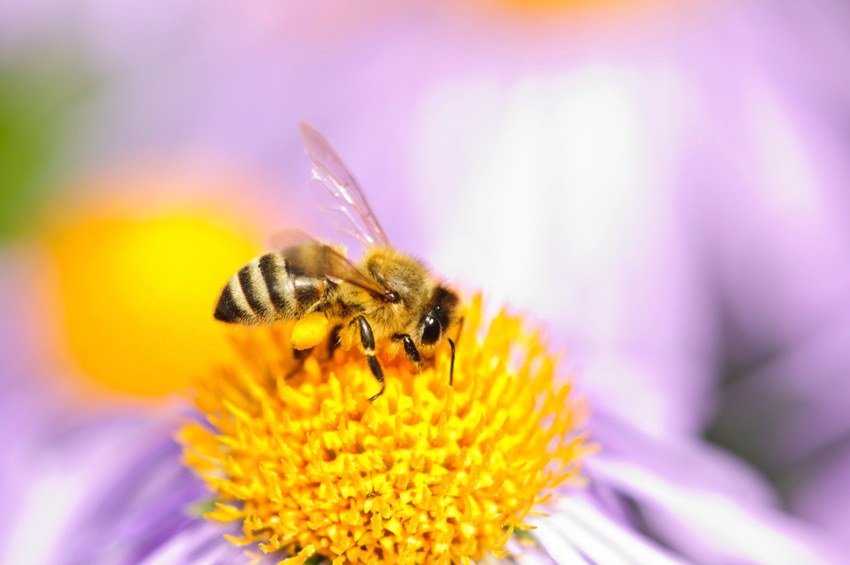USDA allocates $70m for ag pest protection
Estimated $15.5 million reserved should pest of high economic consequence be found in U.S.
March 2, 2020

The U.S. Department of Agriculture is allocating almost $70 million to support 386 projects under the Plant Protection Act’s Section 7721 program to strengthen the nation’s infrastructure for pest detection, surveillance, identification and threat mitigation, to safeguard the nursery production system and to respond to plant pest emergencies. Selected projects will be carried out by universities, states, federal agencies, non-governmental organizations, nonprofits and tribal organizations in 48 states, Washington, D.C., Guam and Puerto Rico.
“This program helps USDA build mutually beneficial partnerships with state governments, academic institutions and other important agricultural cooperators across the country,” said Greg Ibach, undersecretary for USDA’s marketing and regulatory programs. “Our cooperators use these USDA funds to conduct critical projects that keep U.S. crops, nurseries and forests healthy, boosting the marketability of agricultural products within the country and abroad.”
The fiscal 2020 list includes 29 projects funded through the National Clean Plant Network to provide high-quality propagated plant material for fruit trees, grapes, berries, citrus, hops, sweet potatoes and roses free of targeted plant pathogens and pests.
Since 2009, USDA has supported more than 4,000 projects and provided nearly $600 million in funding through the Plant Pest & Disease Management & Disaster Prevention Program. Collectively, these projects allow USDA and its partners to quickly detect and rapidly respond to invasive pests and diseases. They also help the country maintain the infrastructure necessary to make sure that disease-free, certified planting materials are available to U.S. specialty crop producers.
This year, funded projects include, among others:
Exotic fruit fly survey and detection -- $5.800 million in Florida and California;
Agriculture detector dog teams -- $4.125 million to programs in California, Florida and Guam to enhance package inspections and training for these detector dog teams.
Forest pests -- $1.759 million for various detection, methods development or outreach to protect forests from harmful pests in 24 states, including Arkansas, Indiana, North Dakota and New Hampshire;
Honeybee and pollinator health -- $1.729 million to protect honeybees, bumblebees and other important pollinators from harmful pests;
Biosecurity -- $1.167 million to Texas to safeguard the border trade of agricultural shipments.
Stone fruit and orchard commodities -- $944,875 to support pest detection surveys in 16 states, including South Carolina and Rhode Island;
Phytophthora ramorum and related species -- $854,506 in 22 states and nationally for survey, diagnostics, mitigation, probability modeling, genetic analysis and outreach;
Grapes -- $565,326 to enhance surveys for grape commodity pests and diseases in 17 states, including Tennessee and Washington, and
Citrus -- $463,280 to support citrus commodity surveys in California and Louisiana.
USDA is reserving $15.5 million of the $70 million in funding to support rapid response during invasive pest emergencies should a pest of high economic consequence be found in the U.S. In the past, USDA has used these funds to rapidly respond to pests such as the giant African snail, European cherry fruit fly, coconut rhinoceros beetle, exotic fruit fly or spotted lanternfly.
As the U.S. and the world recognize the International Year of Plant Health in 2020, this funding highlights USDA’s continued commitment to safeguarding agricultural resources for current and future generations.
Learn more about Section 7721 of the Plant Protection Act on USDA's Animal & Plant Health Inspection Service website at www.aphis.usda.gov/ppa-projects.
You May Also Like



